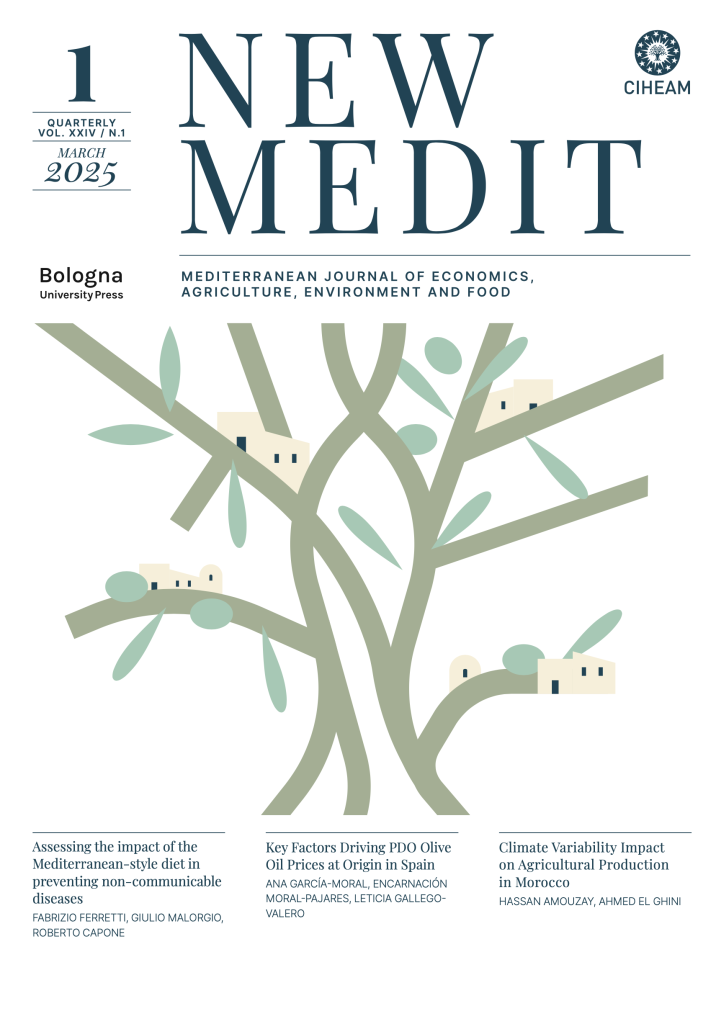Effects of yield variation and lambing period on the profitability of certain sheep breeds in Greece
New Medit, vol 7, n. 2, (June 2008), pp. 36-40
Language: EN
Jel classification: Q120
This paper presents the effects of the yield variation and of a ewes lambing period on the profitability of three sheep breeds (Frisarta, Karagouniki and Sfakia) reared in Greece. The analysis based on the yield variation of a ewe showed significant effect on its profitability independently from the sheep breed considered. Specifically, as for the Frisarta breed, the profit is greatly affected, from 9.1 to 91.7 /ewe according to the milk yield. The same is true for the Karagouniki breed and for the Sfakia breed. Analogous is the effect of the yield variation on the farm income and on the return on capital. The analysis based on the lambing period of a ewe also showed a significant effect on its profitability independently from the sheep breed. Specifically, as for the Frisarta breed, the profit is greatly affected, from 7.1 to 91.4 /ewe according to the lambing period. The same is true for the Karagouniki breed and the Sfakia breed. Analogous is the effect of the lambing period on the farm income and on the return on capital. From the above-mentioned considerations, it is concluded that it is possible to significantly improve the cost of production on the one hand and the farm income and profit on the other hand. This improvement can be achieved by continuing the selection of the most productive ewes with the smallest yield variation, by creating better management conditions and by increasing the number of early lambings.
sheep rearing, profitability, farm income











